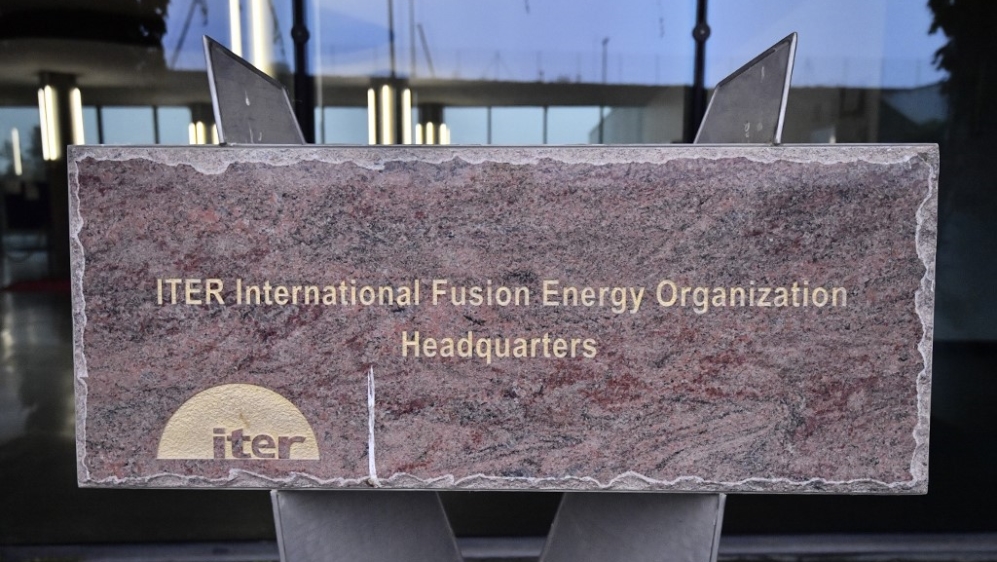
Assembly of the world’s largest nuclear fusion reactor has begun in Cadarache, in southern France.
The International Thermonuclear Experimental Reactor (ITER) consortium is a joint effort of Japan, India, the European Union, the United States, Russia, China and South Korea.
ITER will be the first fusion device to produce net energy, maintain fusion for long periods of time, and test the integrated technologies, materials, and physical regimes necessary for commercial fusion-based electricity production, according to the consortium.
French President Emmanuel Macron, in a recorded speech, spoke on Tuesday about the potential of the project.
Imagine, if the experience works, if you can find industrial applications, we will have developed clean, carbon-free, safe and almost waste-free energy that will simultaneously meet the needs of all areas of the world and the climate challenge and preserve the natural resources, “he said.
“With fusion, nuclear power can be an industry of the future, even more than it already is today. ITER is clearly an act of confidence for the future,” he added.
The vast international experiment is designed to demonstrate that nuclear fusion can be a viable source of energy.
Scientists have always tried to imitate the nuclear fusion process that occurs within the sun, arguing that it could provide an almost unlimited source of cheap, safe and clean electricity.
Unlike existing fission reactors, which divide plutonium or uranium atoms, there is no risk of an uncontrolled chain reaction with fusion, and it does not produce long-lived radioactive waste.
A 20-year project.
A joint project to explore technology was first proposed at a summit between US President Ronald Reagan and Soviet leader Mikhail Gorbachev in 1985, with the goal of “using controlled thermonuclear fusion for peaceful purposes … for the benefit of all The humanity”.
The work took over 20 years to start. Project members decided on a design that uses a donut-shaped device called a tokamak to trap hydrogen that has been heated to 150 million degrees Celsius (270 million Fahrenheit) long enough to allow atoms to fuse together. .
The process results in the release of large amounts of heat. While ITER will not generate electricity, scientists hope it will show that such a fusion reactor can produce more energy than it consumes.
There are other fusion experiments, but the ITER design is widely considered to be the most advanced and practical.
Scientists won’t know until 2035, after a decade of testing and updates, if the device really works as intended.
.
